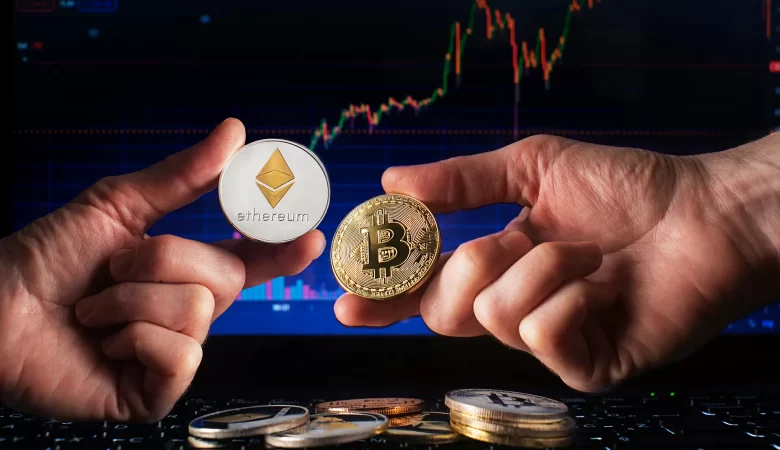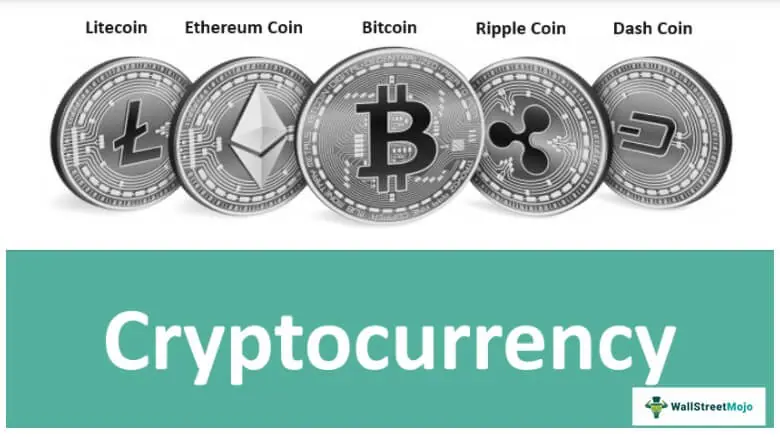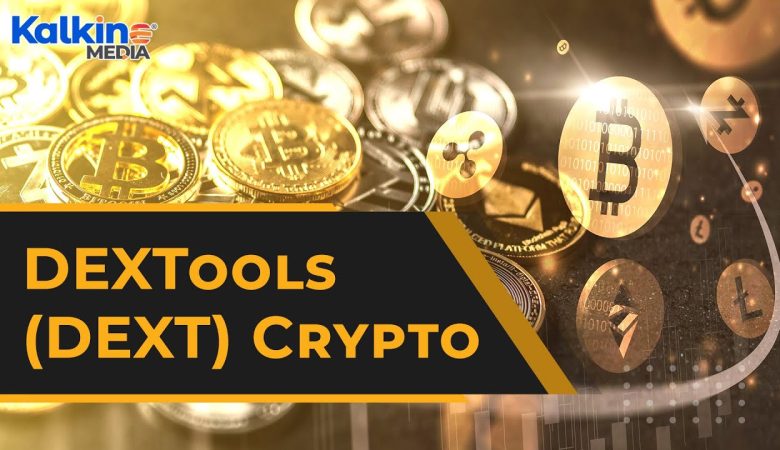People got the opportunity to use fundamentally new forms of money, for example, digital currencies, which today can be used both for making payments and for investment purposes. Electronic money, digital currencies, cryptocurrencies Electronic money is, in fact.
an electronic form of cash and non-cash money that is stored in an electronic wallet and used to make payments. An electronic wallet can be a plastic card, software of a personal computer or other technical device, other software and hardware device containing electronic money and (or) providing access to it.
Electronic money is easy to use. With electronic money, you can pay for a huge amount of goods, works (services) without leaving your home, make instant transfers to your relatives, friends, and relatives. The procedure for creating (registering) an electronic wallet is quite simple, does not require a lot of time, special knowledge or skills.
The functionality of the electronic wallet allows you to both accept electronic money and make all kinds of payments. If you follow simple rules for the security of using an electronic wallet, the probability of taking possession of your electronic money illegally is almost zero.

The speed of transactions is very high – just a few seconds are enough to transfer funds. You also need to understand that electronic money may not be accepted by all suppliers of goods, works (services), but only by those who have open electronic wallets in the relevant system. Linking to the Internet makes access to electronic money limited.
That is, there is no access to the Internet – there is no way to use your electronic wallet. Digital currencies are intangible, they are often a digital code, can be managed using a computer or an electronic wallet that is connected to specific networks.
Digital currency is commonly referred to as both private digital currencies and digital currencies issued by central banks. Private digital currencies are issued into circulation by private organizations and are not legal tender, that is, they can circulate within a limited circle of people.
Cryptocurrencies are protected by cryptography and are decentralized, that is, they are not located in one place. All cryptocurrency owners have the same files, which record who and how much electronic money has in their digital wallet.
This allows the system to be fair, transparent and secure. If we talk about the difference between cryptocurrencies and electronic money, then the latter are just a digital analogue of cash, while cryptocurrencies are not money. The first cryptocurrency (Bitcoin) was implemented on blockchain technology and introduced in Japan in 2009. In 2011, the first cryptocurrency reached a price of 1 dollar, in 2013 one bitcoin has already become worth 1,000 dollars, in 2017 – about 20 thousand, 2021 – more than 63 thousand dollars.

At the moment, 1 BTC is again worth about 20 thousand dollars. Today, more than 17 thousand cryptocurrencies have been created in the world, each of which has its own value. Cryptocurrencies are characterized by high price volatility, which is determined not only by supply and demand (the current price dynamics for all digital currencies can be seen on special Internet resources – crypto exchanges), but also by other factors (for example, news).
Tokens Amid the growing popularity of cryptocurrencies, companies began to issue and sell tokens – digital signs that confirm the right to own an asset (such as a security). The token looks like an electronic certificate that confirms the obligations of the company to its owner.
The issue of tokens is also based on the blockchain system. Among the advantages of asset tokenization are: the speed of operations through the use of blockchain technologies; minimal presence of intermediaries when buying and selling tokens; a high degree of security for storing and transferring a digital asset from one owner to another.
The disadvantages are the potential risk of cyber attacks, as a result of which the owner may lose access to their digital assets, as well as the lack of anonymity due to the transparency of a fully distributed system. The fundamental difference between tokens and cryptocurrencies is that the former do not have their own blockchain and operate on the basis of the chosen cryptocurrency. It turns out that cryptocurrency can exist without tokens, but tokens cannot exist without cryptocurrency. NFT Quite unexpectedly, the world of high art and modern cryptotechnologies





